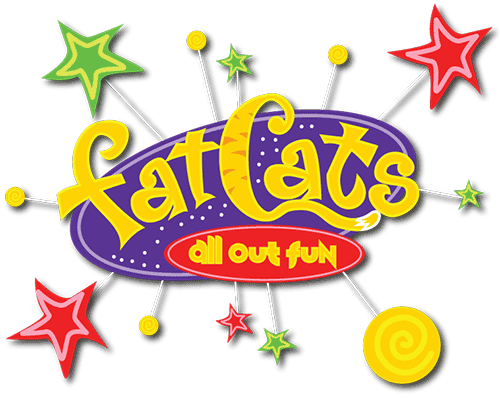Exhilarating “First Man” Captures the Weight and Thrills of Early Space Exploration
Published atFilmmakers can do a lot with computer visual effects. Create epic vistas from alien worlds or wreak destruction on an unimaginable scale. They are a valuable storytelling tool, but they aren’t the best way of capturing feelings or getting an audience to care about a character. When it comes to relating emotion to an audience, the best tool is still a well-used close-up. Damien Chazelle, director of the thrilling “First Man”, understands this concept and employs it with utmost skill. While there are some beautiful visual effects shots in “First Man,” the best visual effects in the film are the close-ups on our heroes faces as they react to the rigors of space travel.
Based on the book “First Man: The Life of Neil Armstrong” by James R. Hansen, “First Man” takes us inside the life and head of Neil Armstrong (Ryan Gosling) as the U.S. races the Soviet Union to the moon during the 1960s. As Neil and his N.A.S.A. coworkers endure setbacks and score successes, he and his wife, Janet (Claire Foy), work to hold their family together. The film cuts back and forth between Neil and Janet’s daily lives and travails in such a way that it’s as much her story as it is his.
“First Man” tells an epic, heroic tale, but does so in a very intimate manner. Scenes are composed of a lot of close-ups to show us exactly what the characters are thinking and to draw us into their head space. Much of the film is shot handheld to provide an extra layer of documentary realism.
When a tale is told this way, the acting has to be spot on, and in “First Man’, it is. Gosling is fantastic as Neil Armstrong, painting him as the stoic, quiet type. However, you can tell from his face that he’s considering the ramifications of each situation he’s in and that he’s never sure he’s in the right. That uncertainty makes him relatable. Gosling should get some Oscar buzz for this role.
Foy is even better as Janet. She’s put-upon, struggling to hold her family together and puts on a brave face while fearing the worst. But she also understands why Neil’s work is important and supports him in spite of the fear. Janet is strong and determined, and Foy’s performance gives the movie a soul and some grit.
The supporting cast is great as well. Cory Stoll is a scene-stealer as Buzz Aldrin and Jason Clarke’s performance as Edward Higgins White is a highlight. The carmaraderie between the astronauts is believable, all thanks to the skill of the actors playing them.
As expected, there are some action-packed rocket launch scenes. But Chazelle chooses to stay with Neil and the other astronauts, rather than use a lot of big effect shots. He holds on close-ups of the astronaut’s faces, playing up their emotions and employs the chaos of shaky camera work to put us right there in the space capsule beside them. Not only does this help get us invested in the characters, but it also helps pump up the impact of epic shots of rockets firing off into the sky of spacecraft tumbling through the void when we do get them.
A lot of the storytelling techniques the Chazelle and his team use in “First Man” seem counterintuitive is this era of effects-filled mega-blockbusters. But by keeping us in the character’s heads and only using the epic shots when necessary, they’ve given us a film that is much more emotionally satisfying. “First Man” takes us through a full emotional spectrum that includes sadness, exhilaration, terror, awe and pride. I’ll take this kind of ride over that latest superhero franchise installment any day of the week.
5 Indy fedoras out of 5
MPAA Rating: PG-13
Thanks to Fat Cats in Rexburg for providing screenings for movie reviews on EastIdahoNews.com.



